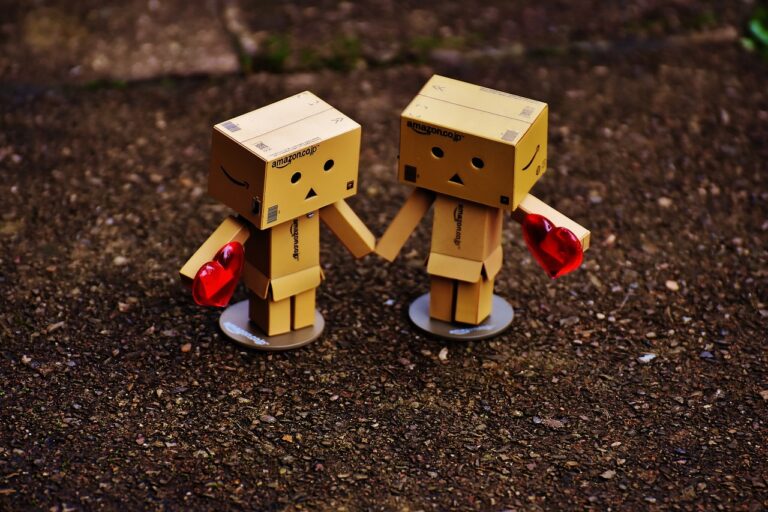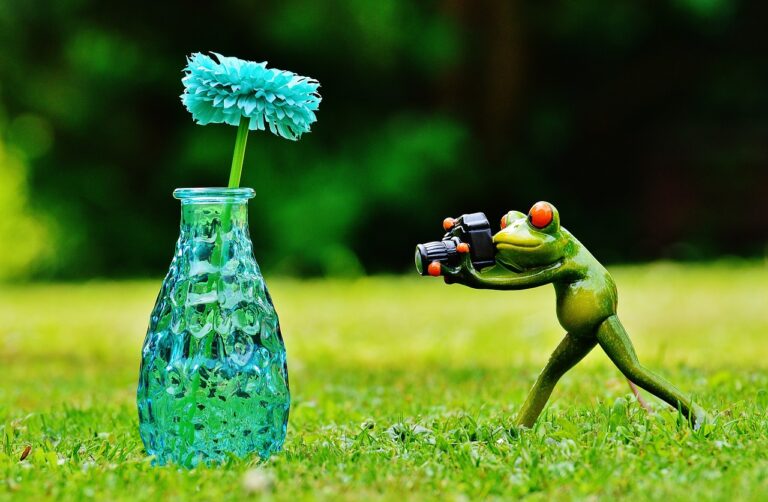Analyzing the Evolution of Animation Styles in Television: From Traditional to CGI
Traditional animation has a rich history that dates back to the early 1900s, with pioneers like Walt Disney revolutionizing the art form. As technology advanced, so did animation techniques, leading to the development of various styles such as cel animation, stop-motion animation, and claymation. Each style brought its unique characteristics, adding depth and diversity to the world of animation.
One of the most significant advancements in traditional animation was the introduction of full animation, where every frame is drawn to create smooth and lifelike movements. This meticulous process required skilled animators to hand-draw each frame, resulting in classic masterpieces like “Snow White and the Seven Dwarfs” and “Beauty and the Beast.” These timeless films set a high standard for animation quality and storytelling, shaping the future of the industry.
Transition to Computer-Generated Imagery (CGI)
Computer-Generated Imagery, commonly known as CGI, has revolutionized the animation industry in recent years. With the ability to create stunning visual effects and realistic animations, CGI has become a popular choice for many animation studios.
One of the key advantages of CGI is its flexibility and efficiency. Animators can manipulate and fine-tune every aspect of a scene with precision, allowing for greater creative control and experimentation. Additionally, CGI has opened up new possibilities for storytelling, enabling filmmakers to bring fantastical worlds and creatures to life in ways that were previously unimaginable.
Impact of Technology on Animation
As technology continues to advance at a rapid pace, the field of animation has undergone significant transformations over the years. One of the most notable impacts of technology on animation is the shift from traditional hand-drawn techniques to computer-generated imagery (CGI). This transition has allowed animators to create more intricate and visually stunning graphics, bringing characters and worlds to life in ways that were once unimaginable.
Furthermore, the advent of computer software and digital tools has revolutionized the animation process, streamlining production and enabling animators to work more efficiently. With the ability to manipulate images and effects with precision and speed, animators can now explore endless creative possibilities and push the boundaries of storytelling in ways that were previously limited by traditional methods. The integration of technology into animation has not only broadened the scope of visual storytelling but has also opened up new avenues for artists to innovate and experiment in this dynamic and ever-evolving field.
What are some traditional animation styles that have evolved over time?
Some traditional animation styles that have evolved include hand-drawn animation, stop-motion animation, and claymation.
How has technology influenced the transition to computer-generated imagery (CGI) in animation?
Technology has allowed for more realistic and detailed CGI animations to be created, making them a popular choice for many filmmakers and animators.
What are some ways technology has impacted animation production?
Technology has streamlined the animation production process, allowing for faster creation of animations, improved visual effects, and more creative storytelling possibilities.
Can traditional animation techniques still be seen in modern animated films?
Yes, traditional animation techniques are still used in modern animated films, but they are often combined with CGI to create a more visually stunning and dynamic final product.







